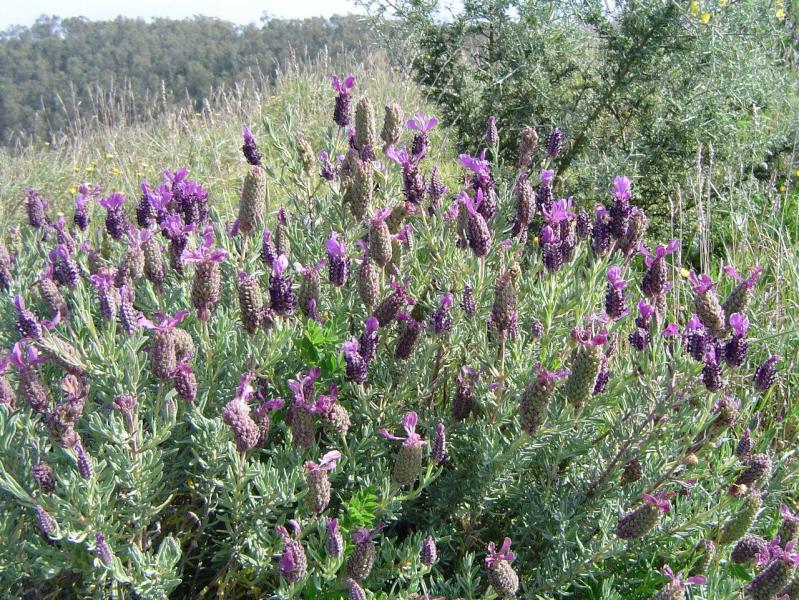- Read offline
- Access all content
- Use the in-app Map to find sites, and add custom locations (your hotel...)
- Build a list of your own favourites
- Search the contents with full-text search functionality
- ... and more!
lavande
lavender
Most lavender grown commercially in France, for essential oil and the perfume industry, is Lavandula augustifolia (vrai lavande) or Lavande latifolia (lavande aspic) or its hybrid lavandin.
Besides the much prized lavender honey (miel de lavande), you may find lavender-flavoured ice cream. It’s often used as a garnish as well.

Lavande Maritime (Lavandula stoechas), native to the Mediterranean (the name comes from the Stoechades, ancient Greek name for the Hyères islands) is ‘French lavender’ in the UK, and ‘Spanish lavender’ in the USA. It’s also used for making honey, although it is much rarer.
Four Thieves Vinegar
When Marseille was wracked by plague in 17th century, it was found, that the homes of victims were contantly being looted by a gang of thieves, who apparently did not succumb to the plague.
When they finally were caught, they traded the secret that protected them from infection in exchange for their freedom—a recipe became famous under the name 'four thieves vinegar'. They combined a vinegar extract of lavender, sage, rosemary and thyme and bathed with it before breaking and entering.
Today people who make 'four thieves vinegar', often add garlic cloves and bay leaves, sometimes peppermint, juniper and melissa. Place all in a jar of apple or white vinegar for two weeks, then drink it or use as a cleanser or just use it as a regular (but extra tonic!) vinegar,
Images by User:Xemenendura, x1klima

